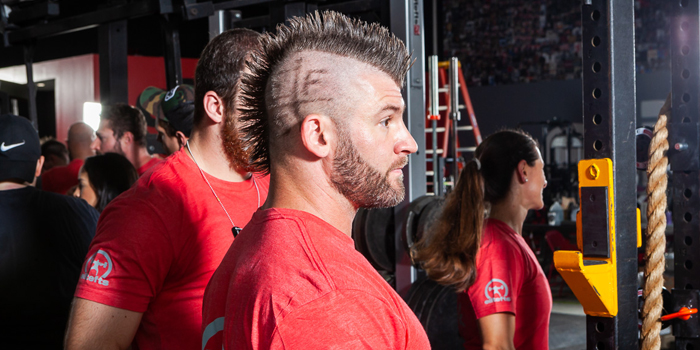
Currently, strength athletes are in a precarious situation: Bars have been put on their gym doors instead of on their backs, thus locking them away from what they love to do the most. “This too shall pass” as all things do, and when it does, where do strength athletes go from there? With the pendulum swing nowadays (in powerlifting), I can see the return to the gym be potentially dangerous for many. I would like to give you my thoughts on how to approach returning to strength training after an extended deload from a normal powerlifting stimulus.
I strongly urge individuals not to go directly back to the gym and test their strength! Why may you ask? That’s a fair question. Predominantly because if you do not have a home gym, you can only hold on to strength WHILE STILL STRENGTH TRAINING (lifting moderate loads) for 21-28ish days. This principle has been proven and is implemented in all types of programming while peaking for meets. Simply stated, you take your heaviest attempts 2-3 weeks BEFORE the meet and taper back leading up to the meet. With this extended time away from the gym, you have lost the ability to implement this load and stimulus on your body. In other words, your body will not be as strong as you when you left, as the stimulus has been gone for more than 14 days in a row.
Now, before I suggest how to approach your return to the gym, the break from the gym may have been a good thing for many, especially in the sport of powerlifting. The majority of individuals who practice strength training with a powerlifting structure or style fail to deload or taper back when the body is beaten up. Now that they are in a time of being forced not to have a heavy stimulus put on them, their bodies are actually recovering pretty well! This will result in two things:
- People will come back to the gym and feel weaker. (Sorry, but it’s true.)
- People will come back to the gym feeling super energized, ready to go, and wanting to lift anything heavy!
Regardless of what side of the fence you're behind, the body is not ready to handle max effort loads just yet. All you’ve been doing the past month is drastically lighter weight for much more volume. Your body and nervous system are not prepared to handle heavier loads right away. Many of you have been forced to experience general physical preparedness (GPP), which is awesome because the majority need it.
Where does that leave you coming back to the gym? I’m glad you asked! This would be a perfect time to implement hypertrophy training with more progressive loads. Not only can you focus on creating a larger muscle to have a stronger contraction (resulting in being able to move more weight), but also your nervous system and joints will thank you for it as well. I can see many of you saying this as soon as you step foot inside your gym walls: “I need to test to see where I am at and go off of those numbers.” No, no, you don’t. Those numbers will not be an accurate assessment of where you are. And you would be better suited, once you are ready to enter a strength phase, to use the numbers from your last meet. If you're not happy with those numbers—the only numbers that matter in powerlifting—at WORST, you could take your best gym lifts before the meet. But those still don’t count...so I would suggest shying away from that.
Ladies and gents, be smart when coming back. I am right alongside you in that training heavy is wicked into our lifestyles, part of our identities, and something that we love to do. May I remind you that we just had this forcefully taken away from us. The last thing you want to do is actively cause it to be taken away from you by injuring yourself doing something you were not prepped to do. If you have any questions, concerns, or comments regarding this viewpoint while returning from this pandemic, feel free message below, email, message, or DM me on all social media platforms.










